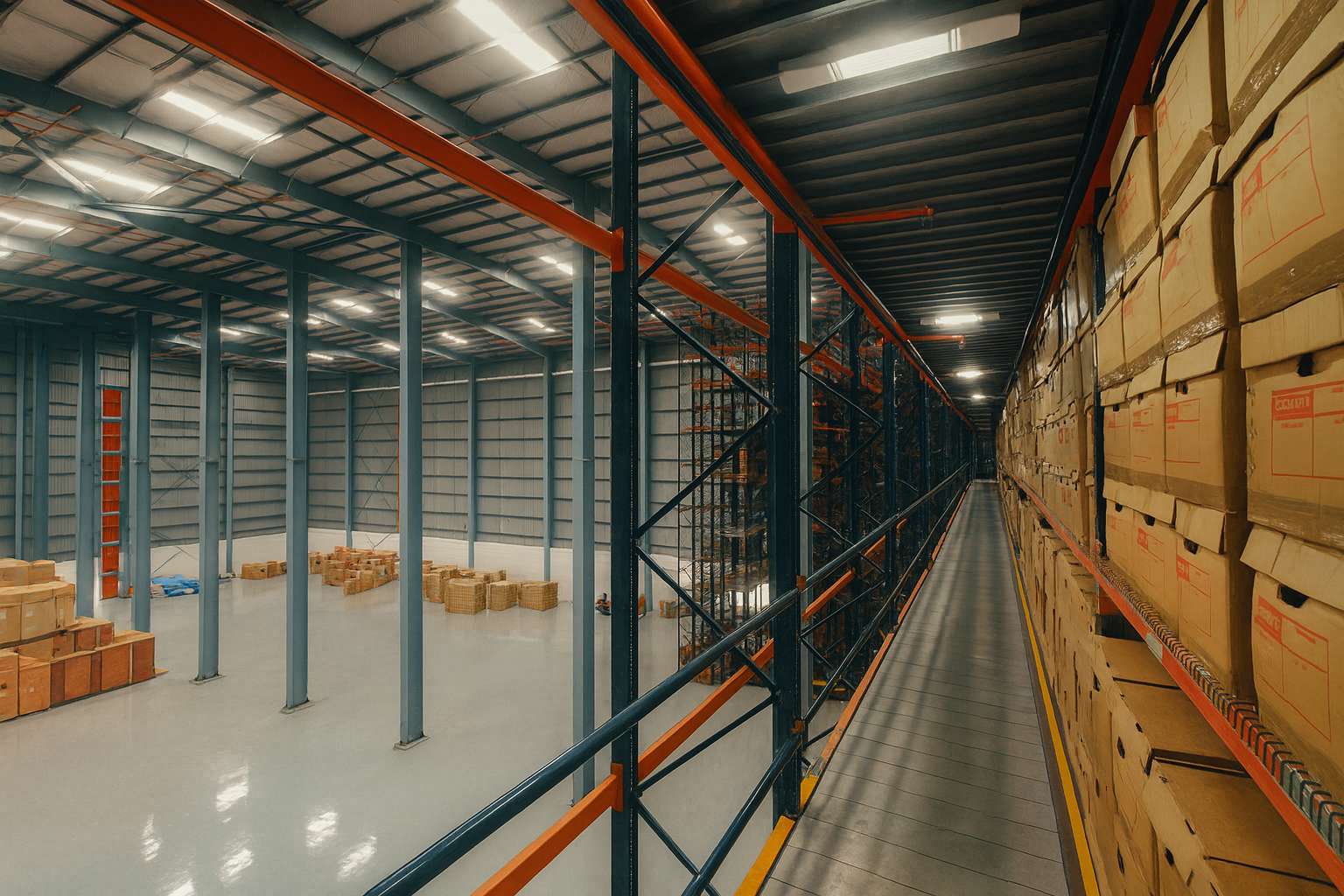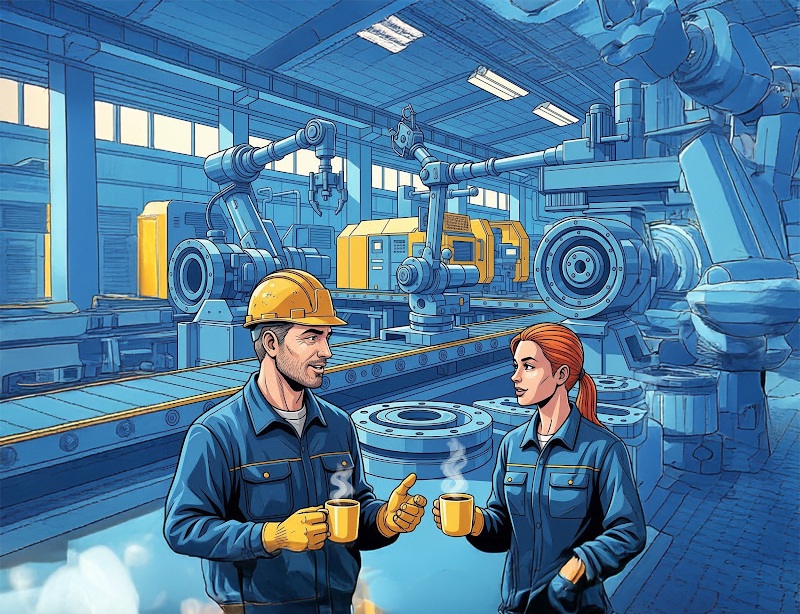In an industry defined by heat, precision, and heavy machinery, it might seem surprising that the biggest disruptions in manufacturing and metal production today aren’t happening on the factory floor — but in the digital space.
From small-scale fabricators to large integrated steel producers, software solutions — particularly Enterprise Resource Planning (ERP) systems — are reshaping how manufacturers operate, make decisions, and compete.
The New Backbone of Industry: Software
Manufacturing and metal industries have always relied on processes: sourcing raw materials, managing inventories, controlling production flows, and meeting demanding delivery schedules. Traditionally, much of this was tracked manually or through siloed spreadsheets and legacy systems that rarely spoke to each other.
Modern software changes that. ERP systems centralize data from across operations — procurement, production, inventory, sales, finance — into one integrated platform. This creates a real-time digital overview of the entire business, allowing managers and operators to make faster, more informed decisions.
In sectors where margins are tight and efficiency is everything, that kind of visibility can be a game-changer.
Why ERP Matters for Metal-Based Manufacturing
For the metal industry, the stakes are even higher. The complexity of handling multiple grades of raw materials, traceability of alloys, fluctuating commodity prices, compliance documentation, and yield tracking requires a robust and tailored system.
Here’s how ERP software makes an impact:
- Material Traceability: From billet to finished product, ERP can track every step — essential for quality control and regulatory compliance.
- Inventory Optimization: Live stock levels, automated reorder points, and integration with weighbridges or material scanners reduce waste and downtime.
- Production Planning: Systems can dynamically adjust schedules based on order changes, machine availability, or raw material delays.
- Costing & Profitability: Real-time cost analysis, including scrap losses, energy use, and labor hours, helps companies pinpoint what’s profitable and what’s not.
- Customer and Vendor Management: Built-in CRM and procurement modules make vendor negotiations, order tracking, and customer service smoother and smarter.
Beyond Efficiency: Strategic Advantage
Software doesn’t just make things faster — it gives manufacturers a strategic edge.
For instance, with better forecasting and data analytics, companies can respond faster to market demands. Real-time dashboards give executives the power to spot trends, adjust pricing strategies, or plan expansions with confidence. Integration with IoT devices and smart sensors further closes the gap between physical operations and digital command.
And with environmental and ESG (Environmental, Social, and Governance) concerns rising in the metal sector, modern ERP platforms can also support sustainability reporting, emissions tracking, and greener production goals.
The Human Shift: People, Not Just Platforms
Implementing ERP isn’t just a tech upgrade — it’s a mindset shift. It forces teams to break down silos, rethink workflows, and embrace data-driven thinking. The most successful transformations pair the right system with strong change management, training, and leadership buy-in.
That’s why choosing a software partner who understands the unique workflows and realities of the manufacturing and metal sectors is critical.
Conclusion: Digitize to Survive and Thrive
The metal and manufacturing industries have always been about strength — strength of materials, machines, and output. But in today’s world, it’s the strength of your data and systems that defines success.
ERP software isn’t just about modernizing operations — it’s about creating a foundation that supports agility, resilience, and growth in a demanding, fast-evolving industry.
Because in the end, even steel bends to innovation.








